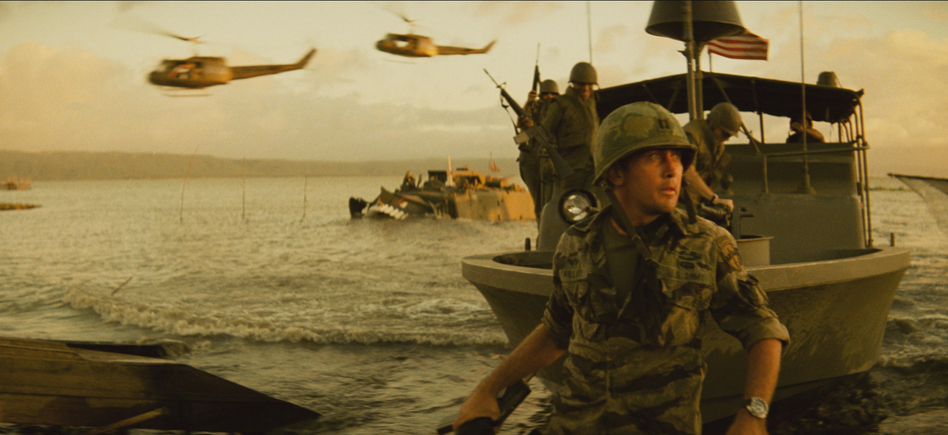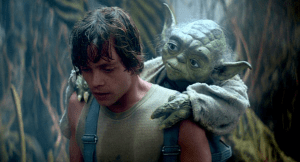Francis Ford Coppola: Apocalypse Now
“The horror, the horror”
The case for an auteur director is a tough one, for at what point do we consider a director to be an auteur? I’d argue that Francis Ford Coppola’s 1979 film, “Apocalypse Now” is not only one of the best films of all time (let alone war films made), but also a prime example of Coppola’s masterful filmmaking and his very own signature auteur style. Apocalypse now is a hellish descent into to absurd and chaotic world that was the Vietnam war. After watching the film, it leaves you with a visceral feeling of trauma and confusion that makes you think, “what did I just watch?” however, much like a Stanley Kubrick film, it stays with you long after you the credits roll.

Coppola’s auteur style is very distinctive. His first major hit film was, “The Godfather” and there are many tropes and filmmaking techniques which Coppola carries over into his other films. That’s not to say he’s a lazy filmmaker who reuses old things he’s done instead of trying to tread new ground. Instead, It reinforces Coppola’s signature style within his films and always serves to strengthen the narrative of the film. Apocalypse Now incorporates many of his auteur filmmaking techniques such as chiaroscuro lighting, method acting, reuse of cast from previous films and cinematography that uses expansive wide shots as well as long continuous takes.

The chiaroscuro lighting, is most noticeably seen within the opening of the Godfather where we see very contrasted light and shadows which evokes a dramatic and striking look on a scene. In Apocalypse Now, a main scene where this is used are the scenes featuring Marlon Brando’s character of Colonel Kurtz. Due to Brando turning up to set heavily overweight, Coppola had to improvise and used the chiaroscuro lighting to his advantage to hide much of Brando in the shadows. What this ended up doing however, is further solidifying the character of Kurtz as a godlike figure. We hear him before we see him and are never able to get a full look at him which all comes together to give his character a enigmatic yet forbidding presence.

Another thing Coppola does in this film which could be considered as part of his auteur signature style, is his use of continuous shots. The scene where we meet the character of Killgore is a principal example of this. The whole scene from the beginning where the tanks come onto land until the end where the cow is being lifted into the air is shot as one continuous shot. This helps to immerse the viewer and give the scene a sense of believability and reality despite the absurdity of what his going on. It reminds me of a quote from Coppola which was, “My film isn’t about Vietnam, my film is Vietnam”. He also does this in The Godfather during the opening wedding scene. This proves to be a highly effective technique in immersing the audience and making them feel that they are present alongside the characters in the scene.

Overall it’s clear to see how some of Coppola’s distinctive auteur styles can be scene within the film “Apocalypse Now” and have helped to make the narrative what it is. The film is a very real yet visually memorable spectacle, which is very much due to the auteur techniques such as chiaroscuro lighting and long continuous takes which Coppola employs. These combine to give the film an authentic and visually memorable experience which lingers vividly on your mind long after you finish watching the film. Apocalypse now is truly a film making marvel and I implore anyone to watch it if they have not yet.





